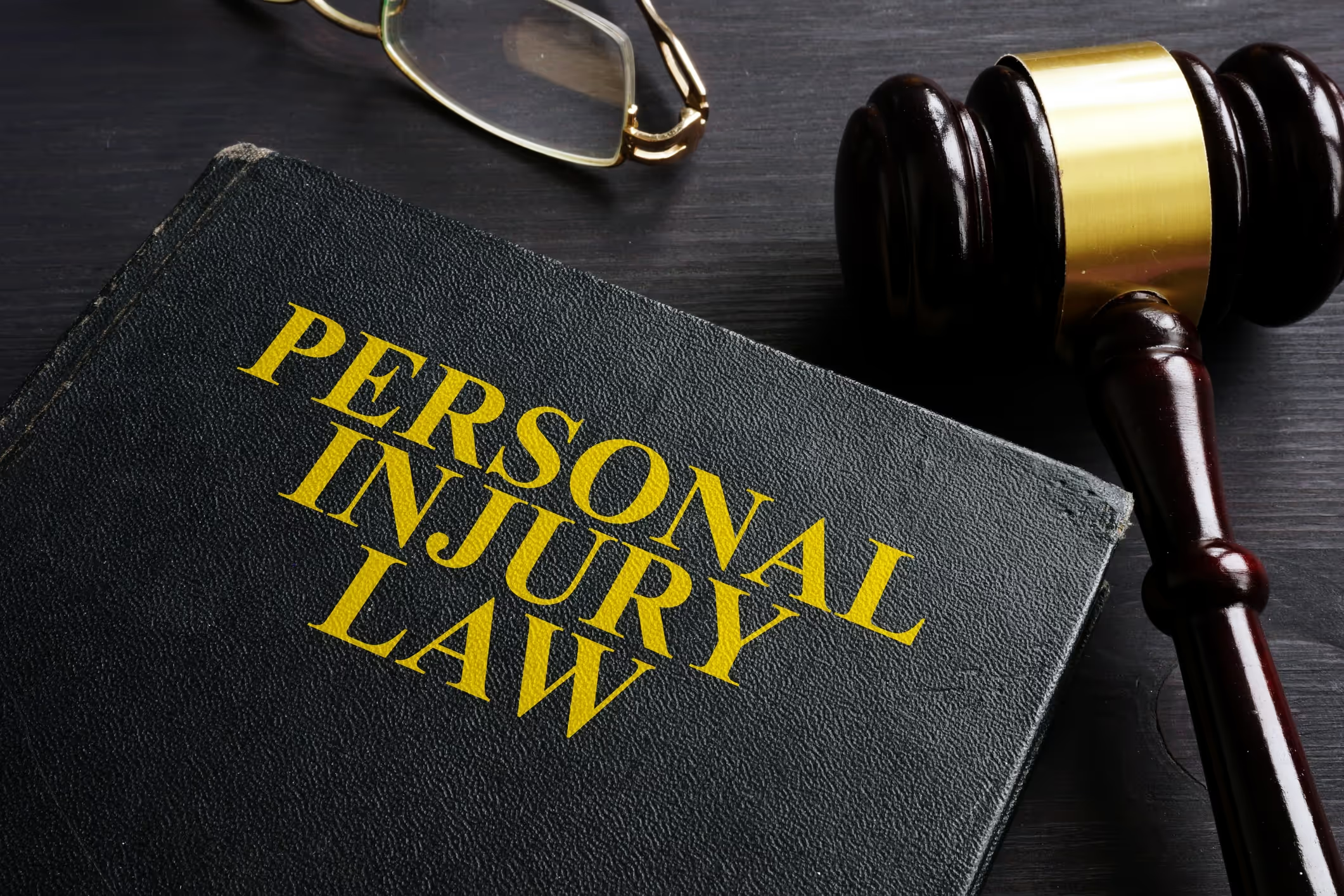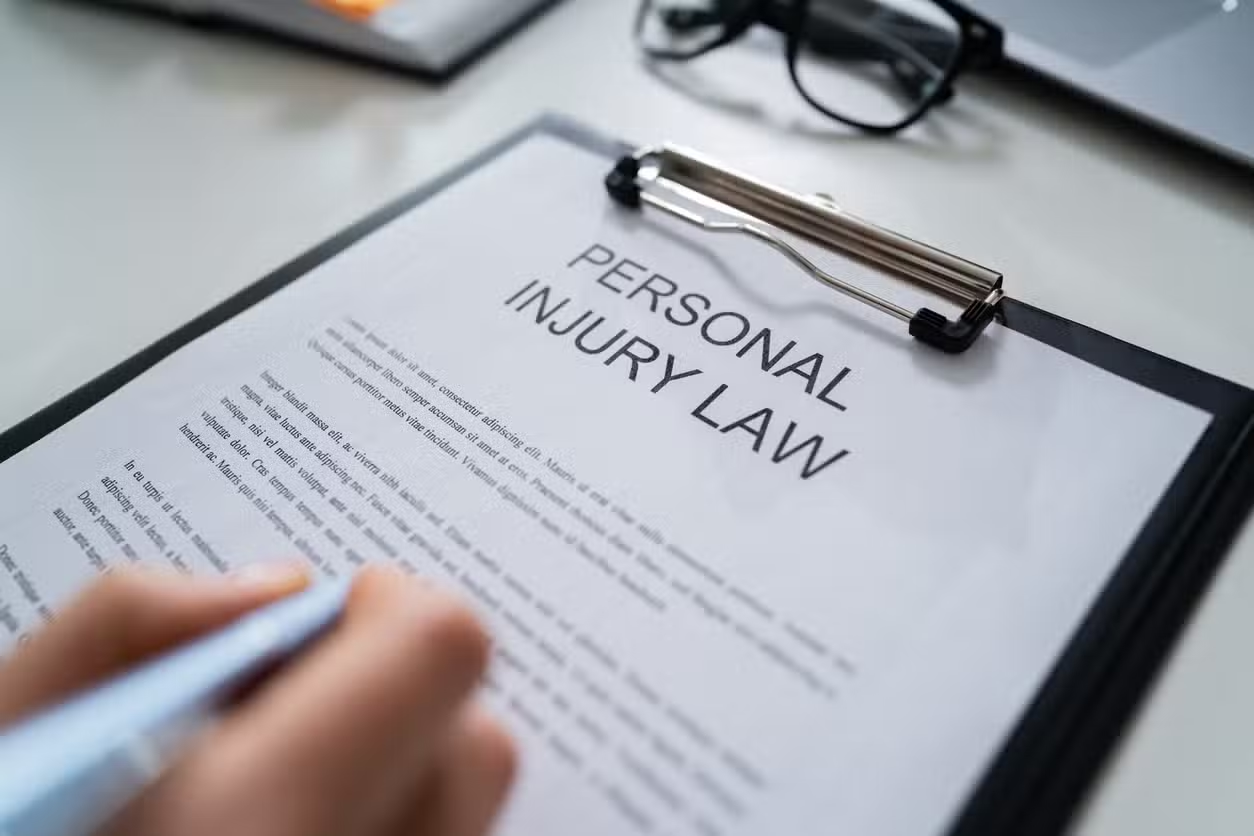Yes, you can sue for pain and suffering if someone else's negligence caused you physical injury and emotional distress. Pain and suffering damages are considered non-economic damages in personal injury law and are often included in claims involving car accidents, slips and falls, or other incidents where you were hurt due to someone else's actions.
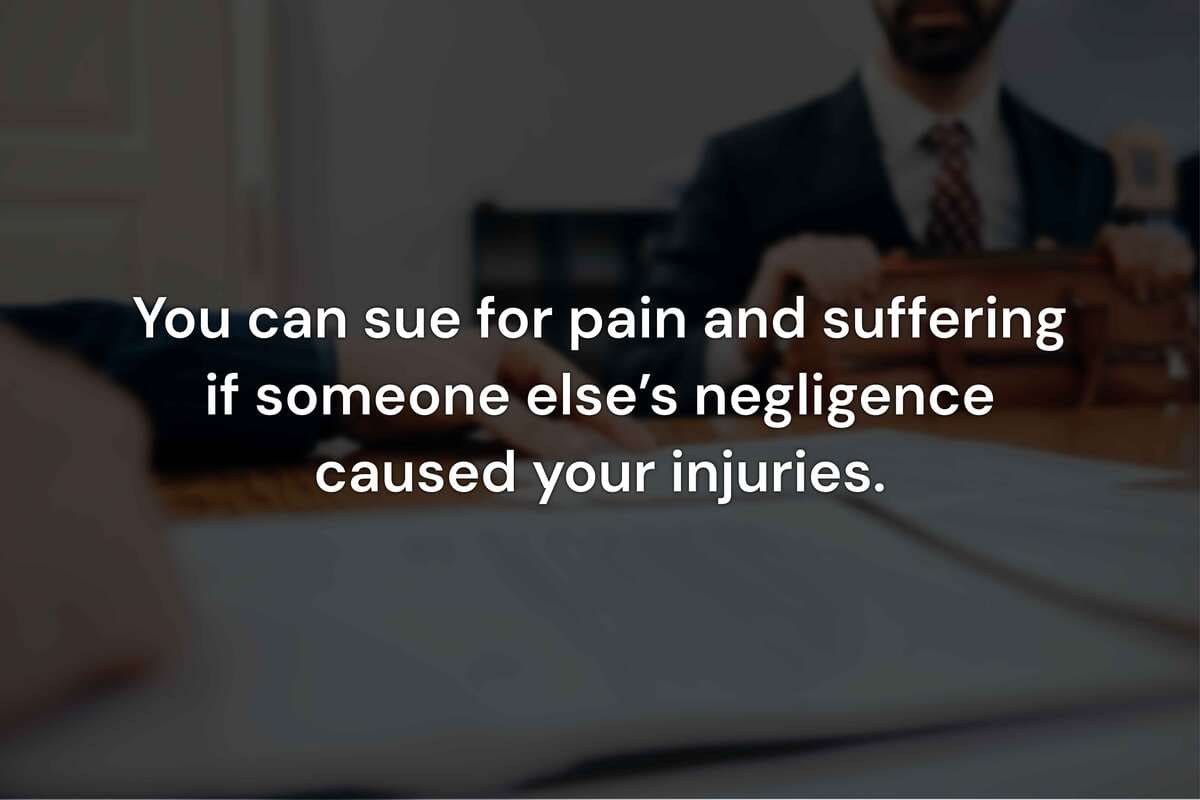
When Can You Claim Pain and Suffering?
To claim pain and suffering, you generally need to show that:
- You were physically injured due to another person or entity’s negligence
- Your injuries caused significant emotional or physical distress
- You’ve received or continue to receive medical treatment
- You have documentation to support your claim
Examples of situations where pain and suffering claims are common include:
- Car accidents caused by distracted or reckless drivers
- Premises liability cases like slip and falls due to unsafe conditions
- Product liability cases where defective items cause injury
- Medical malpractice resulting in prolonged pain or disability
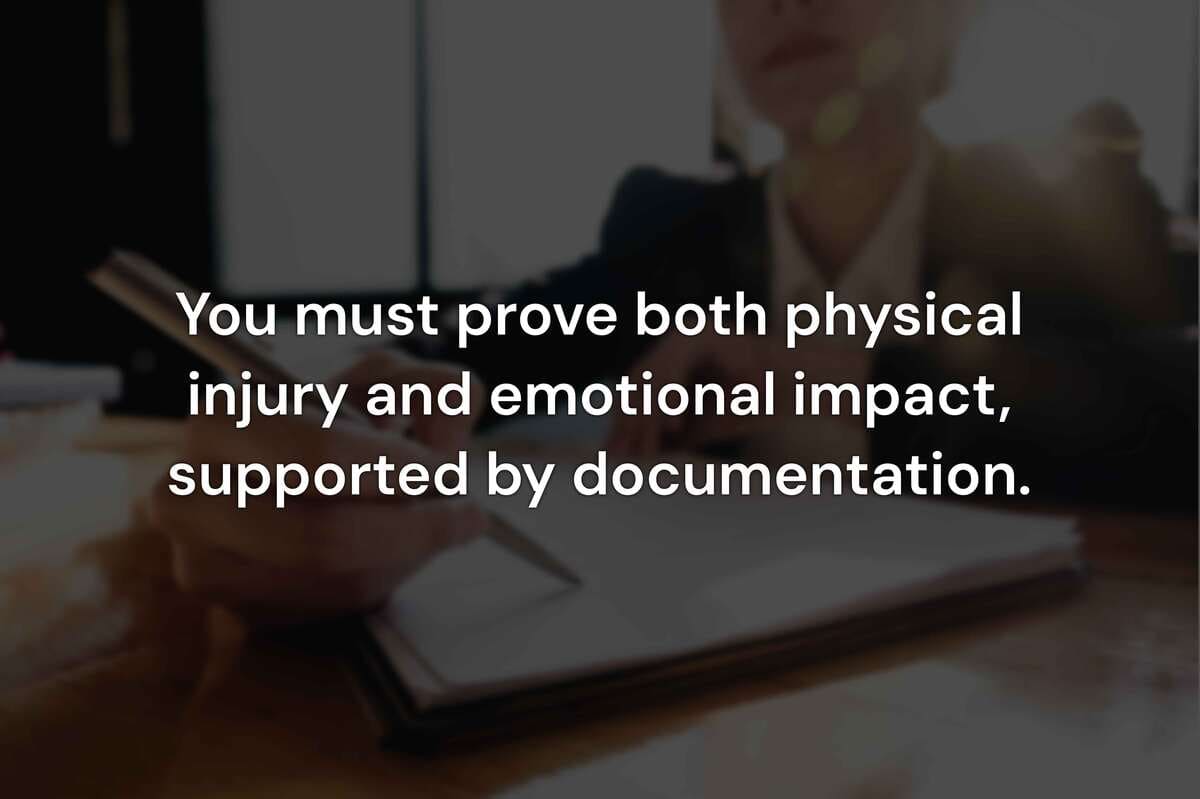
What Qualifies as Pain and Suffering?
Pain and suffering includes both the physical discomfort and emotional impact of your injury. This may include:
- Chronic pain, stiffness, or reduced mobility
- Emotional distress, anxiety, depression
- PTSD symptoms or trauma-related triggers
- Loss of enjoyment in hobbies, work, or daily routines
- Disfigurement, scarring, or long-term disability
Even if your medical bills are modest, if your injury has significantly impacted your life, you may still have a strong claim for pain and suffering.
How Do Courts Calculate Pain and Suffering?
There is no fixed formula, but courts and insurance companies often use one of two methods:
1. Multiplier Method
Your economic damages (like medical bills or lost wages) are multiplied by a number, usually between 1.5 and 5, depending on the severity of your injury.
2. Per Diem Method
A daily dollar amount is assigned to your pain and suffering and multiplied by the number of days you were affected.
For example, if your economic damages total $30,000 and the court uses a multiplier of 3, your pain and suffering damages could be an additional $90,000.
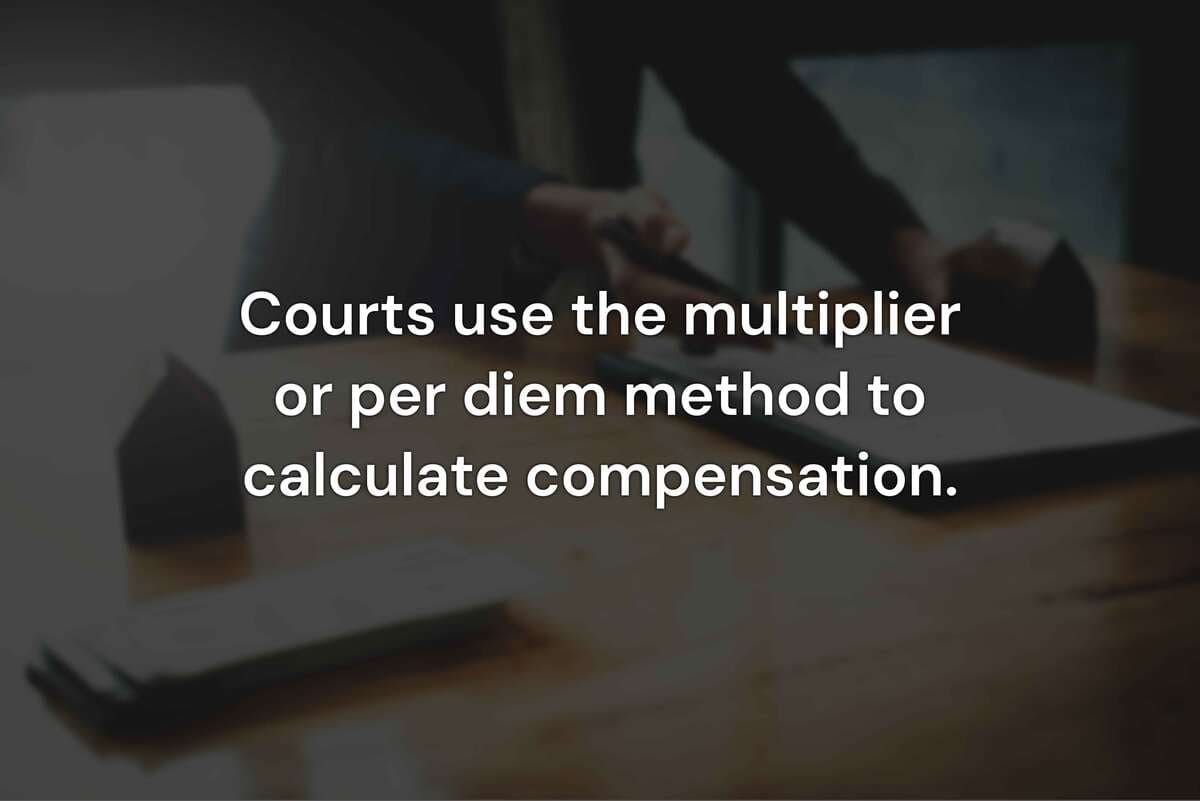
Do You Need a Lawyer?
While you can technically file a claim yourself, pain and suffering claims can be complicated. A personal injury lawyer can help you:
- Gather evidence to support the emotional and physical impact
- Negotiate with the insurance company
- Avoid accepting a low settlement
- File a lawsuit if necessary
Hiring a lawyer typically increases your chance of receiving fair compensation, especially in cases involving long-term effects or contested liability.
There are other details you should consider if you're pursuing compensation. Our guide on how to negotiate a pain and suffering claim walks you through the steps to present a strong case and avoid lowball offers.
You might also want to learn how personal injury settlements are calculated to better understand what portion of your payout could reflect non-economic damages.
And if you’re still weighing your options, our article on how long you have to file a personal injury lawsuit explains the time limits involved and why it’s important not to wait too long.

































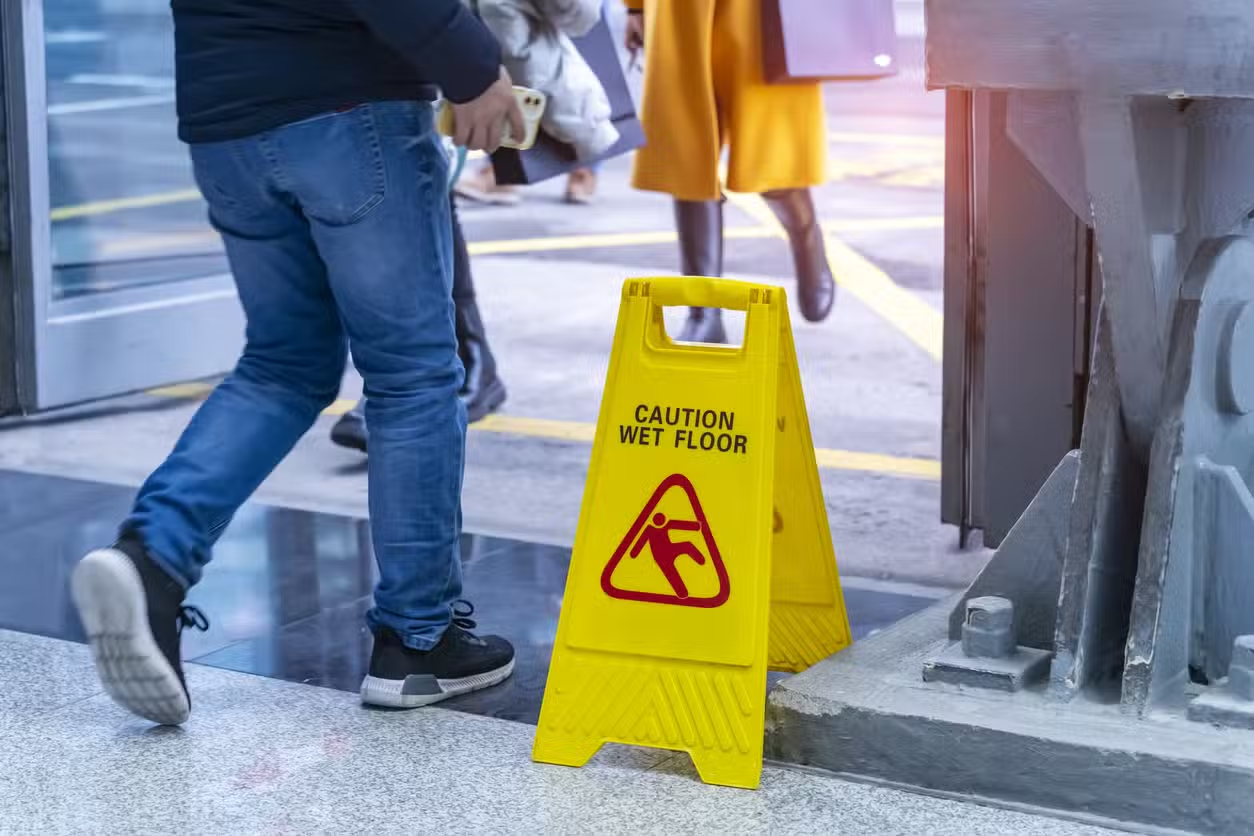















.avif)

